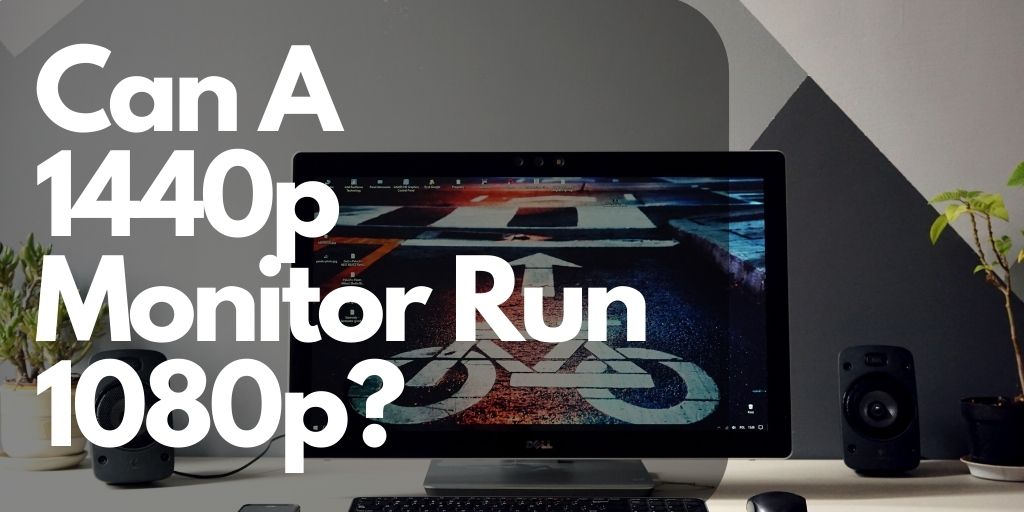The resolution of a monitor has the most significant effect on its display and performance. A high-resolution monitor does not necessarily mean a better monitor. A higher resolution provides better image quality by compromising on performance.
If you are a gamer, you will need a high FPS to ensure your game runs smoothly. In this case, getting a 1440p monitor and downscaling it to 1080p is a probable solution. But, can a 1440p monitor run 1080p? It can! However, the visuals would be adversely affected by frequent blurring.
Read on to find out the pros and cons of running lower resolutions on a 1440p monitor and some tips to downscale without greatly decreasing the picture quality.
Can a 1440p monitor run 1080p?
You can definitely run 1080p on a 1440p monitor if you are ok with sub-par image quality. The monitor size is a crucial factor in determining how an image would turn out after downscaling.
This means that a smaller screen works better than a large one if you plan to downscale since the pixels will spread out less.
Additionally, your monitor’s scalers, responsible for shrinking or expanding the images, also play a big role in reducing the blur caused by downscaling or upscaling.
Also check: How to overclock your monitor to 75hz?
How to run 1080p on a 1440 monitor without decreasing the quality?
Most games allow you to lower the render resolution and keep the native resolution the same. This enhances your FPS without decreasing the pixels immensely, resulting in better image quality. Of course, the texture suffers a bit, but the overall boost in performance makes it worth it.
You can also opt for a 1:1 pixel map instead of downscaling the resolution. It carves out the screen from the middle and allows you to enjoy the same display quality as the native resolution. However, pixel mapping 1080p on a 1440p monitor results in black bars on the sides, which may be displeasing to some users.
Advantages of 1080p on 1440p monitor
When gaming or streaming, 1080p resolution performs better than 1440p. Since 1440p consists of more pixels, the GPU will have to work more, resulting in slower processing.
Gaming
While sharp, vibrant graphics are a plus when gaming, it is no use if the game lags. You need a fast processor to ensure the game runs smoothly. Unfortunately, a high pixel rate compromises the speed by affecting the FPS.
A simple solution to this problem is to decrease the resolution from 1440p to 1080p. This gives you higher frame rates, resulting in better gameplay.
Streaming
The streaming services usually provide content at 1080p. This is why most creators prefer streaming in 1080p, so it is easy to upload and distribute the content. An additional bonus of streaming at 1080p is enjoying higher frame rates and lag-free games, following more promising streaming.
Conclusion
“Can a 1440p monitor run 1080p?” Under proper scaling or mapping, it can. But you will have to deal with low-quality graphics so they can produce better performance. This guide covers all aspects of downscaling to a lower resolution so you can make an informed decision.


